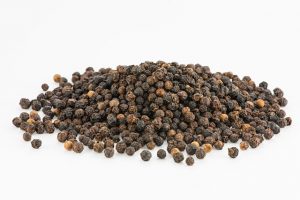Through symptomology our bodies are always telling us the story of our health. What we need to learn is how to understand the story being told.
Within this space, a well-studied area is fingernails. Most symptoms reflected by our nails are innocuous. But others can be indicative of chronic diseases, including cancer.
Our fingernails are composed layers of a protein called keratin. Healthy fingernails are smooth, uniform in colour and without pits or grooves.
What Your Nails Might be Telling You
Yellow Nails
Nails may yellow with age or develop through the use of acrylic nails or nail polish. Smoking can also stain nails yellow.
If your nails are thick, crumbly, and yellow, it could be due to a fungal infection. 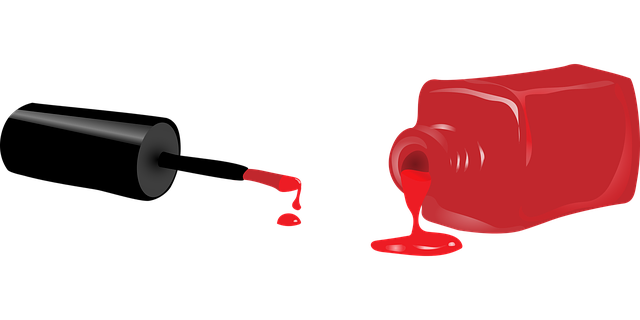
In rare cases, yellow nails can indicate a more serious condition such as severe thyroid disease, lung disease, diabetes or psoriasis.
Pale Nails
Very pale nails can sometimes be a sign of serious illness such as:
- Anemia
- Congestive heart failure
- Liver disease
- Malnutrition
White Nails
If nails are mostly white with darker rims, this can be indicative of liver issues such as hepatitis.
Bluish Nails
Nails with a bluish tint can mean the body isn’t getting enough oxygen. This could be a sign of a lung problem such as emphysema. Some heart problems can be associated with bluish nails.
Dry, Cracked or Brittle Nails
Dry, cracked or brittle nails can be simply a result of lifestyle factors such as having your hands in water frequently, excessive use of nail polish remover or exposure to other harsh chemicals. Low humidity can also be a contributing factor.
However, in some cases, dry, brittle nails that frequently crack or split can be linked to a thyroid disease.
Clubbing Nails
Clubbing is when your fingertips become enlarged and the nail becomes curved downward. This can be a sign of low oxygen in your blood and is associated with lung disease. Clubbing can also be related to liver or kidney disease, heart disease and inflammatory bowel disease.
Spoon Nails
This describes nails that curve upward at the edges. This may be a sign of iron-deficiency anemia, hemochromatosis (excess iron absorption), heart disease or hypothyroidism.
Pitting Nails
Nails that have multiple pits or dents could be a sign of psoriasis. Nail pitting may also be due to connective tissue disorders or alopecia, an autoimmune disease that causes hair loss.
Dark Discolourations
Black streaks or painful growths on your nail (or nails) needs to be taken seriously, as they may be due to melanoma, a form of skin cancer.
Tips to Keep Your Nails Healthy
Do Not Cut Your Cuticles
The cuticle of the nail is a natural protection against bacteria and fungi. Cutting them could leave you exposed to infections of the nail bed. What you can do is moisturize overgrown cuticles and encourage them back with a cuticle brush.
Moisturize and Massage Your Nails and Cuticles
Massaging your nails regularly will improve blood circulation making your nails stronger and healthier.
Using olive oil to massage your nails is a wonderful way to moisturize!
Soak Your Nails in Green Tea
Green tea can help to make your nails strong and healthy. The antioxidants in green tea can help prevent brittle nails. Green tea can also help get rid of yellow discolouring.
- Brew a cup of green tea and allow it to cool. Soak your nails in it for 10 to 15 minutes once or twice a week.
Eat Foods Containing Biotin
Biotin is a water-soluble B vitamin that helps to build healthy nails. Foods rich in biotin include salmon, carrots, eggs, lentils, sweet potatoes and almonds.
Eat Adequate Protein
As mentioned earlier, nails are made of a protein called keratin. Eating adequate protein daily will provide the building blocks for growing strong and healthy nails.
References
https://www.webmd.com/skin-problems-and-treatments/ss/slideshow-nails-and-health
https://articles.mercola.com/sites/articles/archive/2015/12/07/10-nail-symptoms.aspx
https://www.mayoclinic.org/healthy-lifestyle/adult-health/in-depth/nails/art-20044954
https://healthiack.com/beauty/5-tips-on-how-to-get-healthy-nails-naturally
https://www.top10homeremedies.com/how-to/how-to-make-your-nails-stronger.html

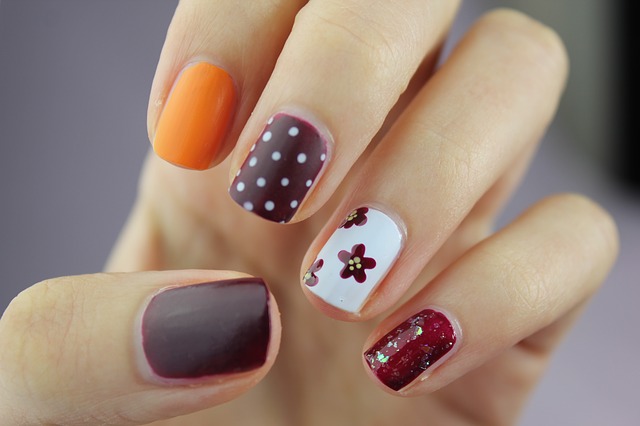





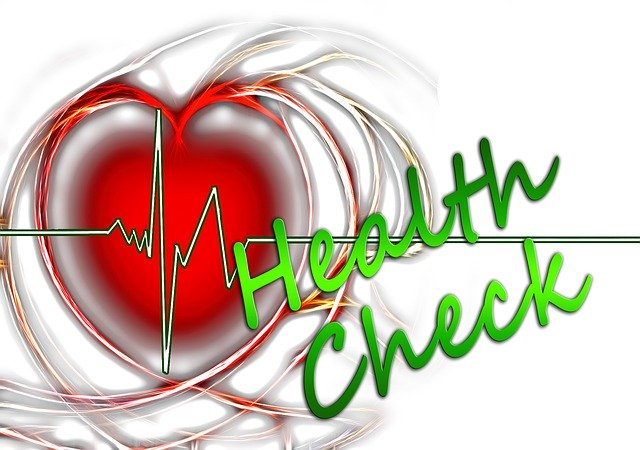
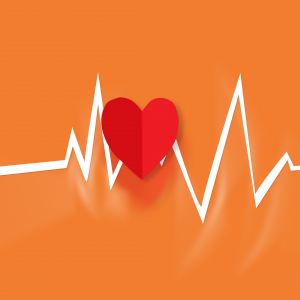 This is a healthy dipping pattern and denotes a healthy blood pressure circadian rhythm.
This is a healthy dipping pattern and denotes a healthy blood pressure circadian rhythm.
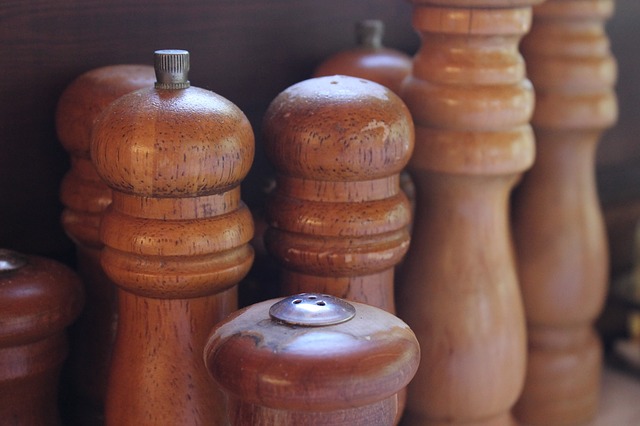
 I make it A LOT! It’s a family favourite.
I make it A LOT! It’s a family favourite.